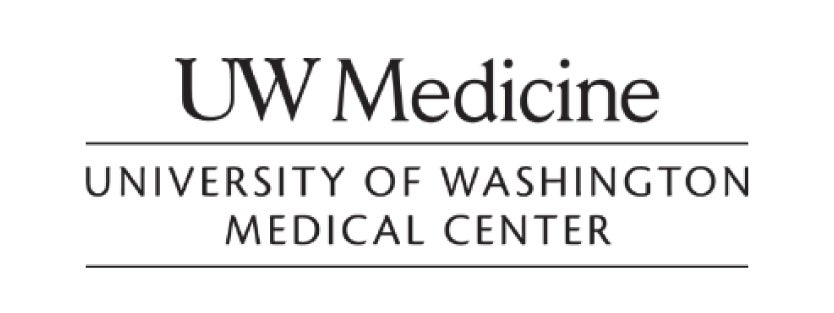
UW Medicine TeamSTEPPS Success Story
During the COVID-19 pandemic, the medical-surgical transplant and dialysis unit at the University of Washington Medical Center experienced an increase in team turnover and burnout, both of which can impact patient safety. Developing and sustaining work relationships was more difficult with team members masked and goggled for patient care and socially distanced for breaks. In December 2022, the unit began working to rebuild and restrengthen team culture, collaboration and communication using TeamSTEPPS.
Background
- Integrated health system based in Seattle, Wash., that includes hospitals, primary care and urgent care clinics, and more.
- Medical-surgical transplant and dialysis unit at UWMC has 31 beds and 90 team members.
- Implemented TeamSTEPPS training for entire unit team in early 2023.
Approach & Goals
- Improving overall quality and patient safety.
- Increasing engagement of team members and their sense of ownership.
- Reestablishing a culture of teaming.
Actions Taken
- Enrolled all team members in full-day TeamSTEPPS training course.
- Ensured training was interactive, engaging and team centered.
- Used TeamSTEPPS training to reignite the department “why” for the work and practice the tools necessary for rebuilding teamwork.
- Focused on using a shared mental model, closed-loop communication, and tools for speaking up about safety concerns.
- Led by unit leaders and preceptors, continued education and modeling the tools.
Positive Outcomes
- Return to a culture of collaboration, mutual support and high performance.
- No medication events with harm reported since December 2022.
- No patient falls with harm reported since TeamSTEPPS training.
- Pressure injuries decreased by 50% from 2022 to 2023.
- Cather-associated urinary tract infections remained at zero despite an increase in Foley catheter usage.
- Positive patient experience ratings increased from 70% in December 2022 to 100% in March 2023.
Recommendations
- Train teams together as much as possible so they “speak the same language” and hold a shared mental model for teamwork and safety culture.
- Set expectations about brief and debrief processes and the tools used, encouraging people to ask and give feedback.
- Recognize communication and teamwork require cultivation and attention, even for high-performing teams.
|


